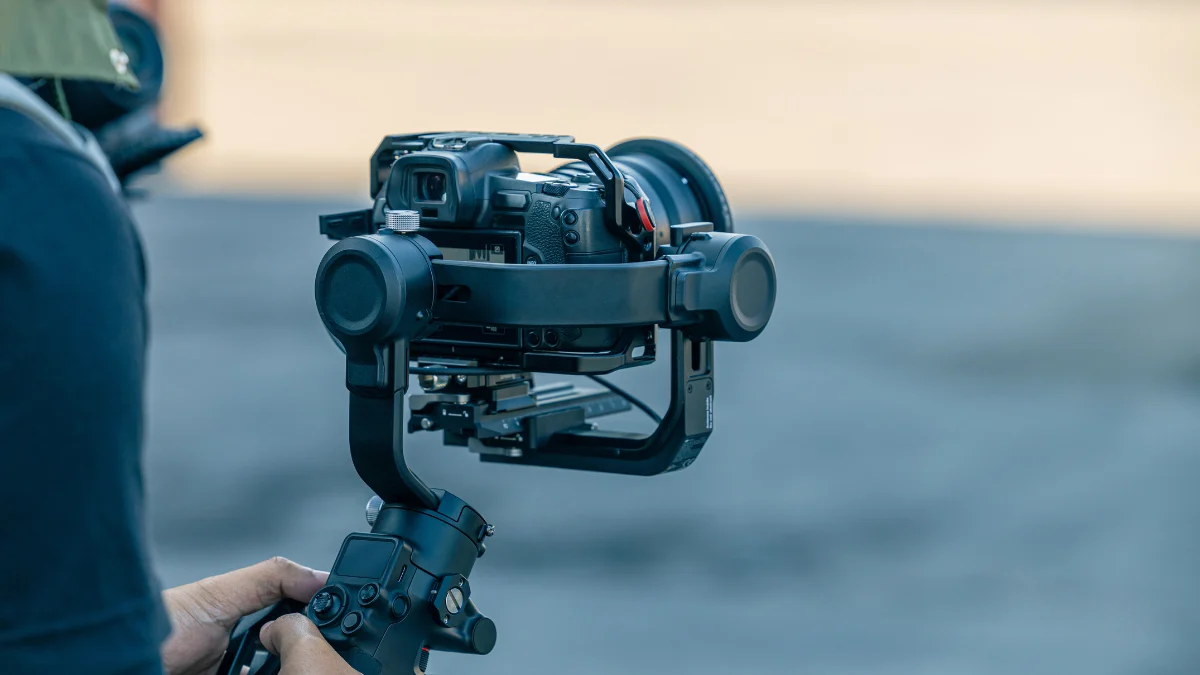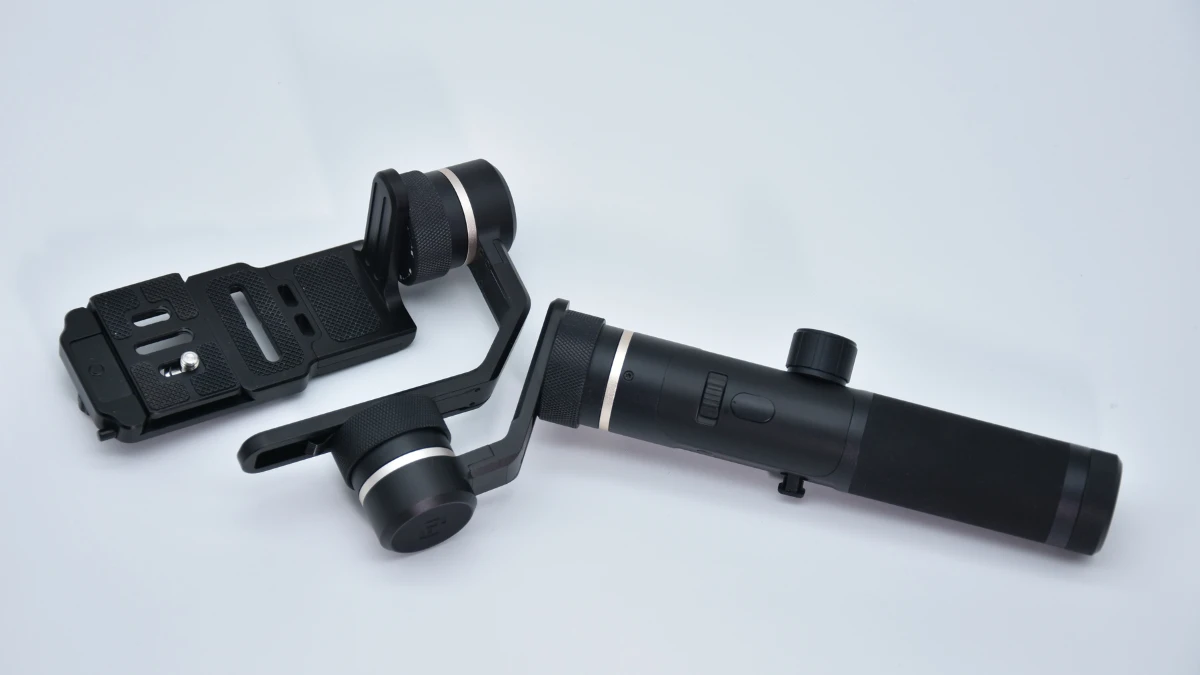In today's digital age, everything is visual. We are no longer surprised by the abundance of videos on the internet, ranging from entertainment, education, to personal documentation. Therefore, video quality is very important to attract attention. This is where gimbal stabilizers come in as a solution.
Gimbal stabilizers were originally intended for professionals such as videographers or filmmakers. However, with the development of the digital era, this tool has become increasingly popular among the general public. Many models are available at affordable prices and offer smart features.
Using a gimbal stabilizer will make your video quality look more professional because it is smoother and has minimal shaking. Don't just improve the video quality; you also need to improve your knowledge by understanding how it works, the benefits of using it, the technology used, and its regulations in Indonesia.
What is a Gimbal Stabilizer?

A gimbal stabilizer is a device used to balance a camera. This tool helps you maintain image stability when recording videos with a lot of movement.
When you need to take pictures while walking, running, or turning your body while holding the camera, the gimbal stabilizer will stabilize the camera's angle of view. This will keep the image smooth and shake-free.
The technology inside a gimbal typically includes a 3-axis motor (pan, tilt, and roll axes) and a gyroscope sensor that automatically adjusts the direction of movement. Gimbals can be used on a wide variety of devices, from DSLR cameras, mirrorless cameras, action cams, and smartphones.
How Does a Gimbal Stabilizer Work?
The gimbal stabilizer works by using a gyroscope sensor to detect unwanted movements and vibrations. The sensor is processed by the controller to make quick and precise adjustments. Here's how it works in detail:
- The sensor detects movement: The sensor continuously monitors the movement and orientation of the camera.
- IMU receives sensor movement: The Internal Measurement Unit (IMU), which acts as the “brain” of the gimbal, receives the sensor's movement.
- Software and controller counteract vibrations: Information from the IMU is sent to the software inside the gimbal to calculate the movement needed to counteract vibrations.
- Axis motors move: The 3-axis motors (pan, tilt, and roll axes) move automatically based on instructions from the controller.
This adjustment process is very fast and accurate, keeping the camera stable at a single point continuously to counteract any vibrations that occur.
The Benefits of Using a Gimbal Stabilizer

Using a gimbal stabilizer will provide many benefits, especially for stabilizing video, flexibility in shooting, improving visual quality, and improving production efficiency. Here are some of the main benefits in detail:
Stabilizing video
A gimbal stabilizer will make your videos stable. You can freely move the camera while walking, running, or driving a vehicle. Video vibrations and shaking will not be visible, resulting in smooth, shake-free footage.
Flexibility in shooting
You can perform various camera movements, such as panning, tilting, and rolling, with stable results. This allows you to shoot from angles that are difficult to reach by hand. The resulting images will be more interesting with the many camera movements provided.
Improving visual quality
With stable video and dynamic camera movements, the visual quality of your videos will improve. You can produce professional-looking videos simply by using a gimbal stabilizer.
Improving production efficiency
With stable recording results, re-shooting time can be reduced. The editing process will also be greatly assisted because there is no need to edit the image stability. This certainly makes production time more efficient.
The Additional Technologies of Gimbal Stabilizer

As technology advances, gimbal stabilizers are no longer just about mechanical stabilization. Many manufacturers now include additional technologies as digital features that make gimbals more practical and exciting to use:
- Bluetooth: Allows users to control the gimbal directly from an app on their smartphone.
- Near Field Communication (NFC): Helps speed up the pairing process between the gimbal and other devices.
- Supporting apps: Through a dedicated app, users can calibrate, change settings, or even update firmware without any hassle.
Gimbal Stabilizer Regulation in Indonesia

The gimbal stabilizer uses technologies such as Bluetooth and NFC that operate within a specific frequency spectrum. In Indonesia, any Bluetooth and NFC-based wireless device is required to have a DJID (Directorate General of Digital Infrastructure) under the Ministry of Communication and Digital (KOMDIGI).
Gimbal stabilizer regulation is based on KEPMEN No. 260 Tahun 2024, which requires all radio frequency-based devices to meet specific technical standards before being sold in the country.
The DJID certification ensures that the product meets government safety and quality regulations and does not interfere with other communication devices. The certification process involves technical testing, such as frequency adjustments, safety checks, and compatibility with the surrounding environment.
Once the tests are completed, products that pass are listed in a Test Result Report, which confirms that the product is safe and ready for sale in Indonesia. This report reassures customers that the product meets technical standards and is secure.
For companies wanting to sell gimbal stabilizer detection in Indonesia, Type Approval Certification Services for ICT Products are available to assist with this process. This service includes preparing technical and legal documents, conducting required testing, ensuring compliance with regulations, helping companies streamline the certification process, and giving consumers confidence in certified products.